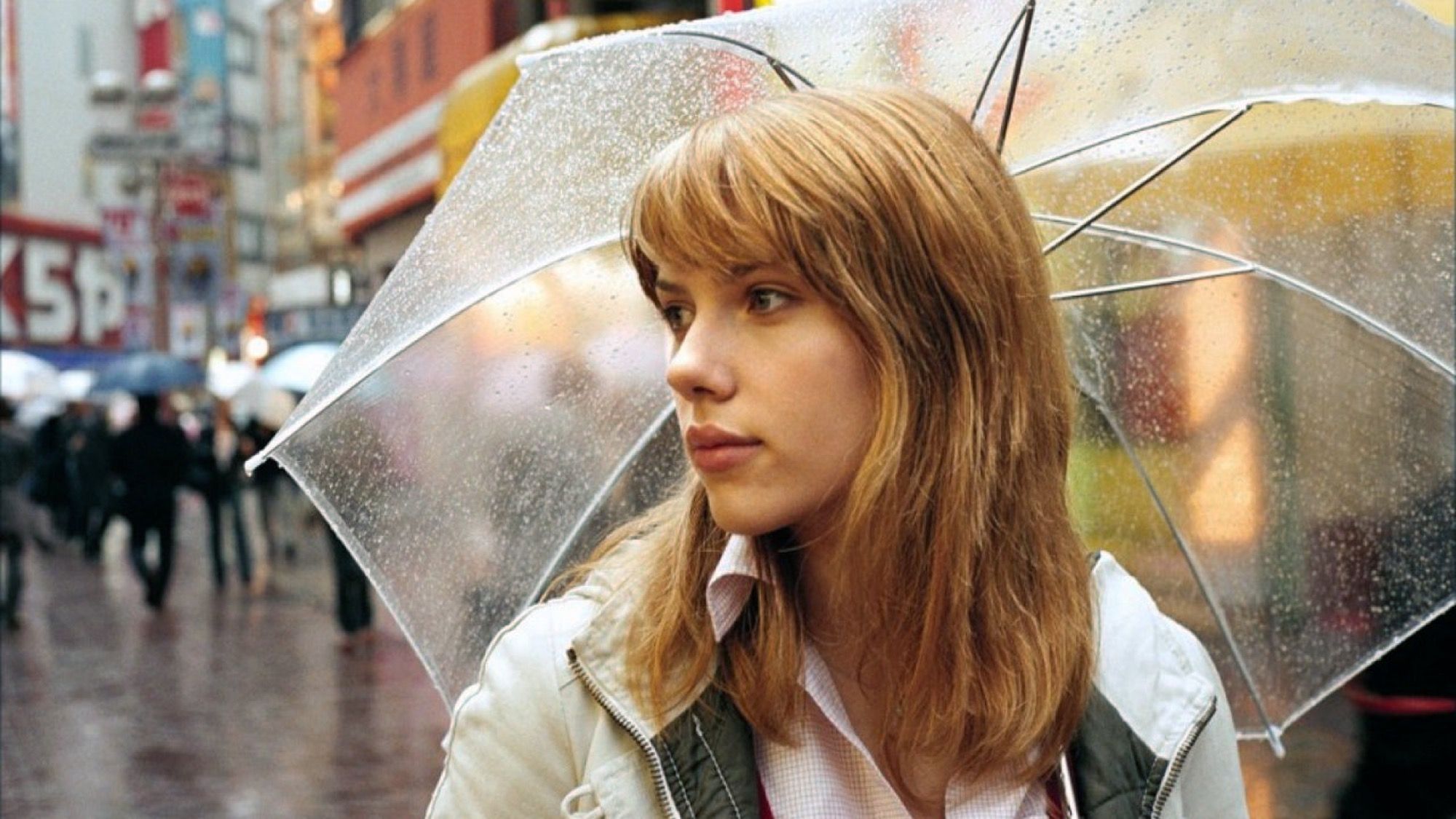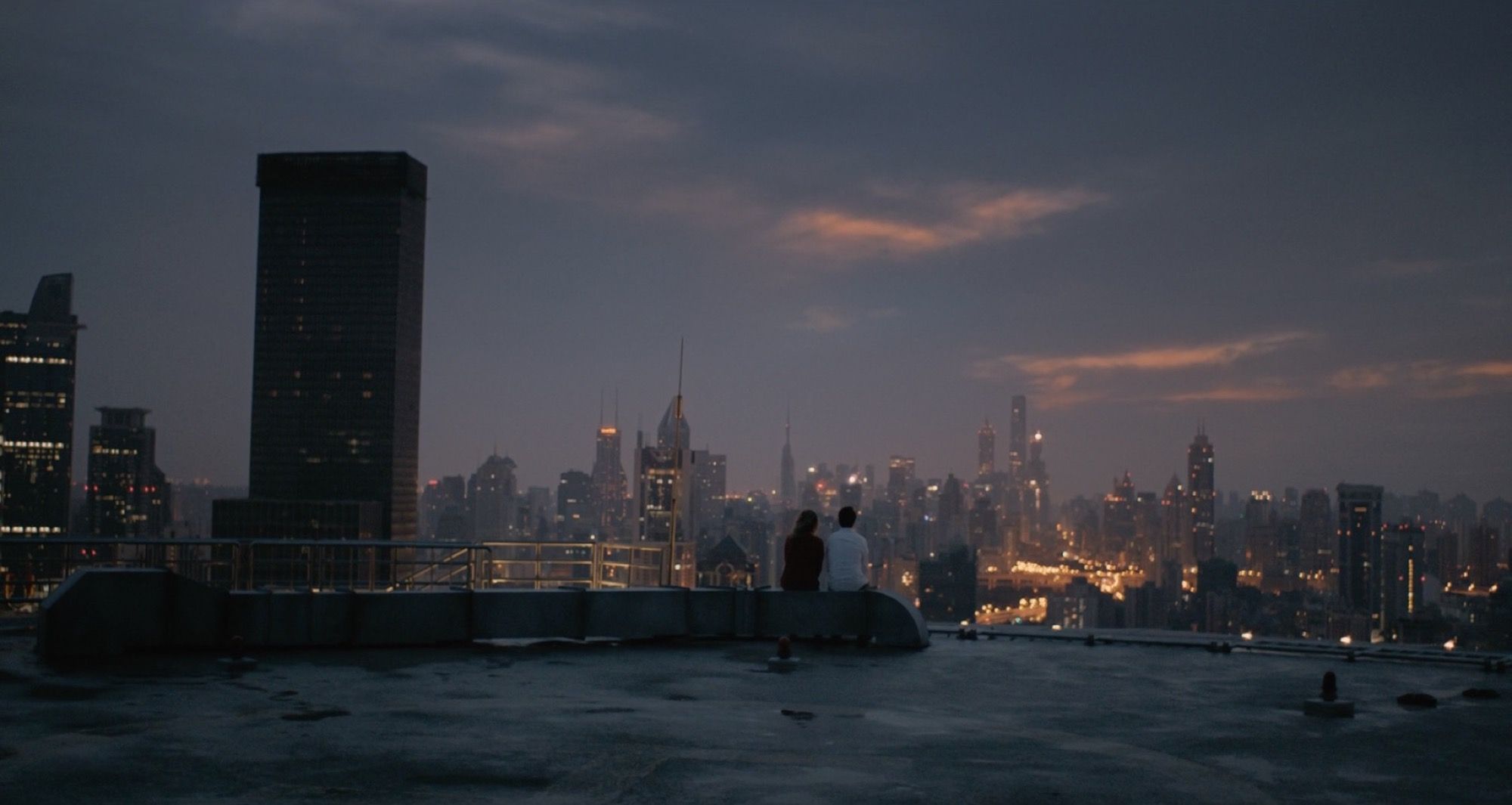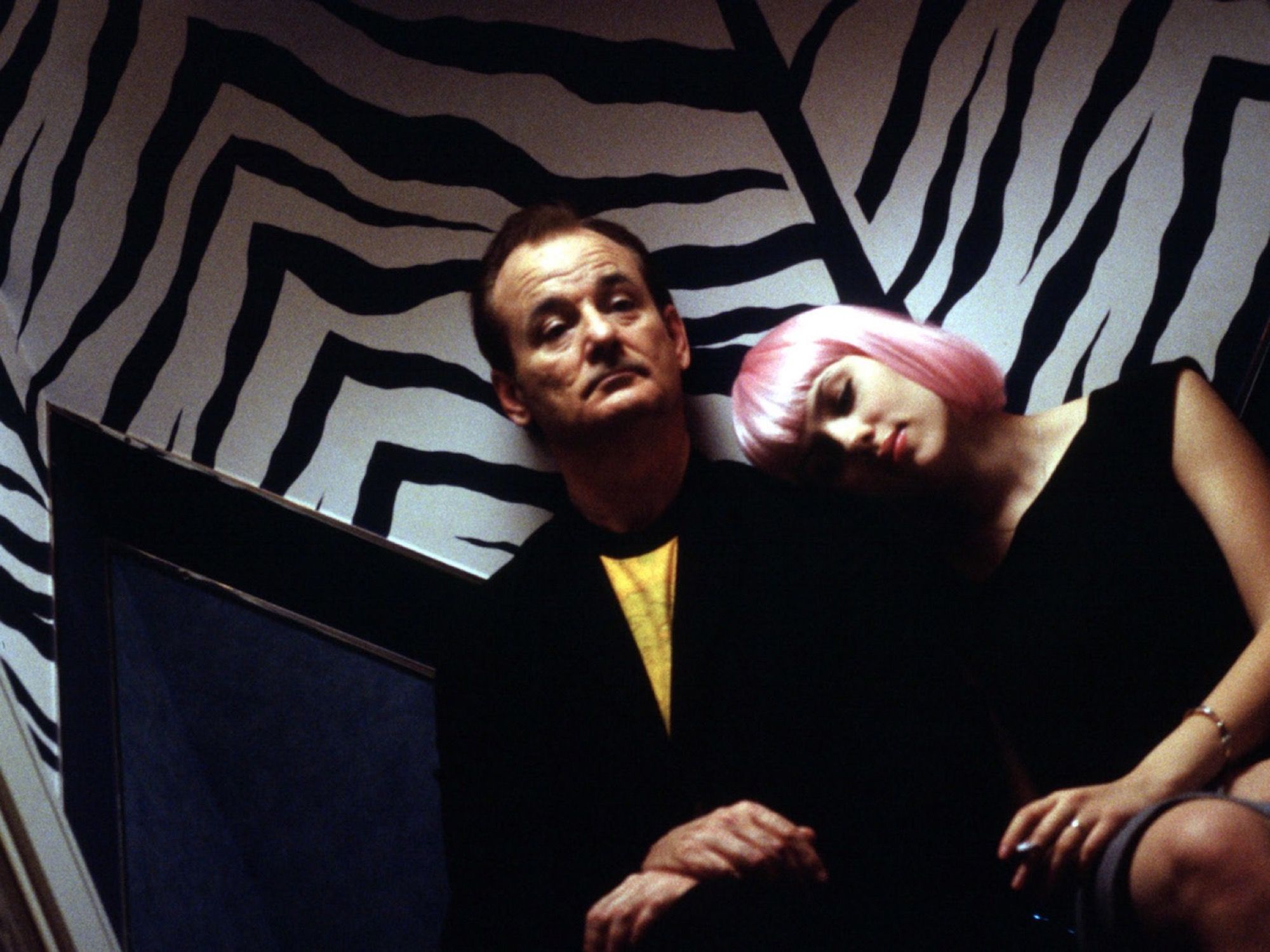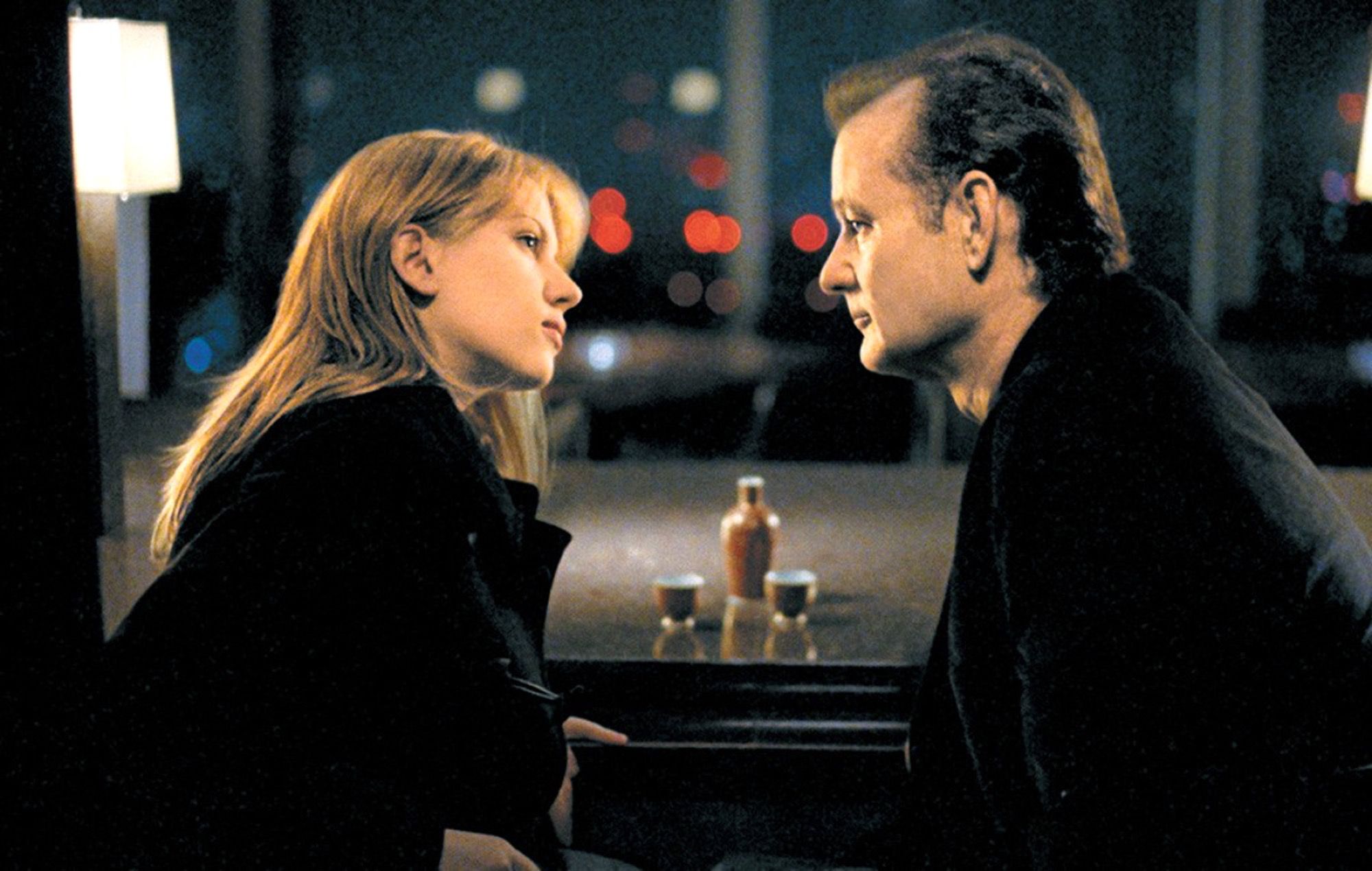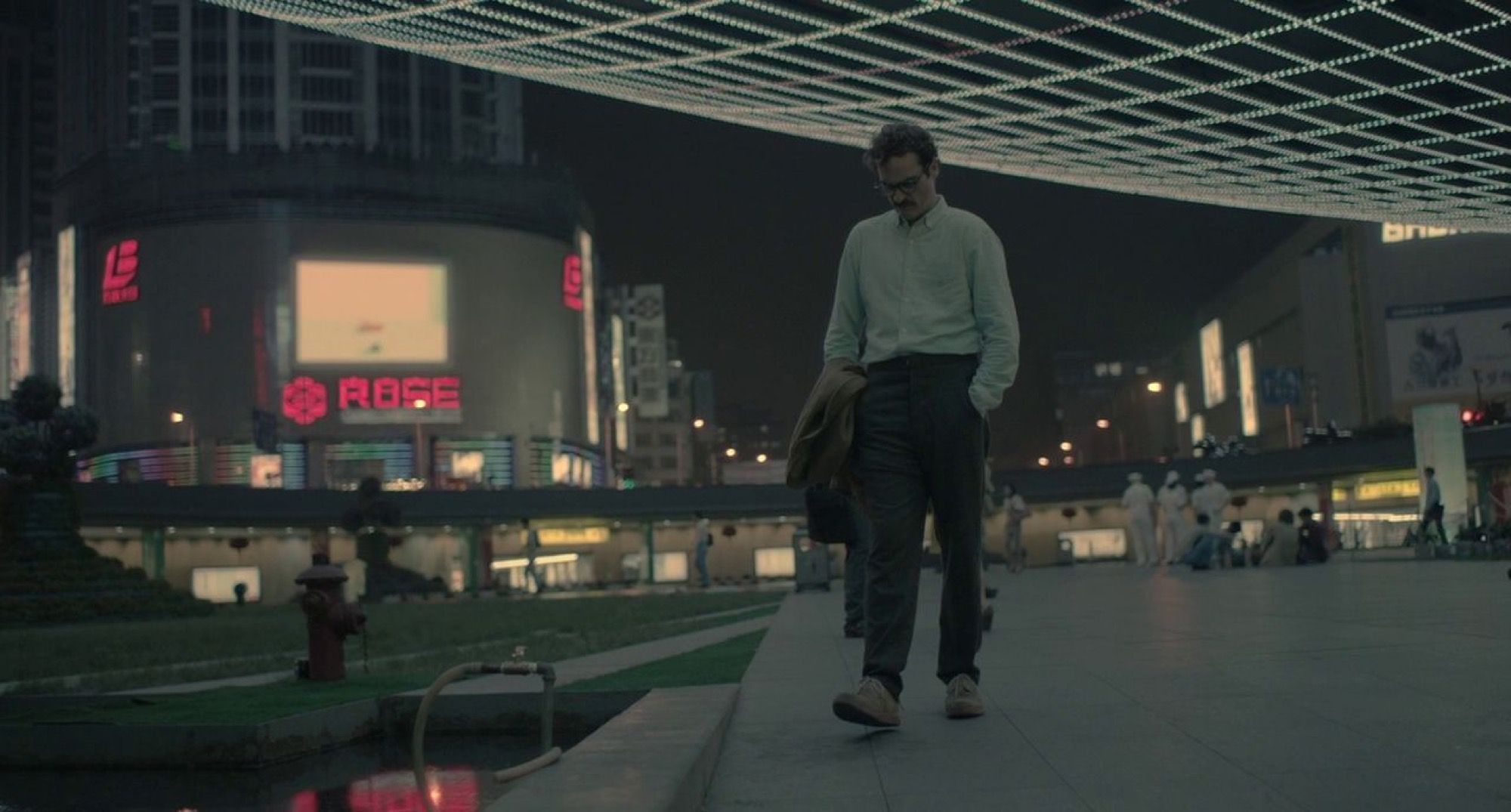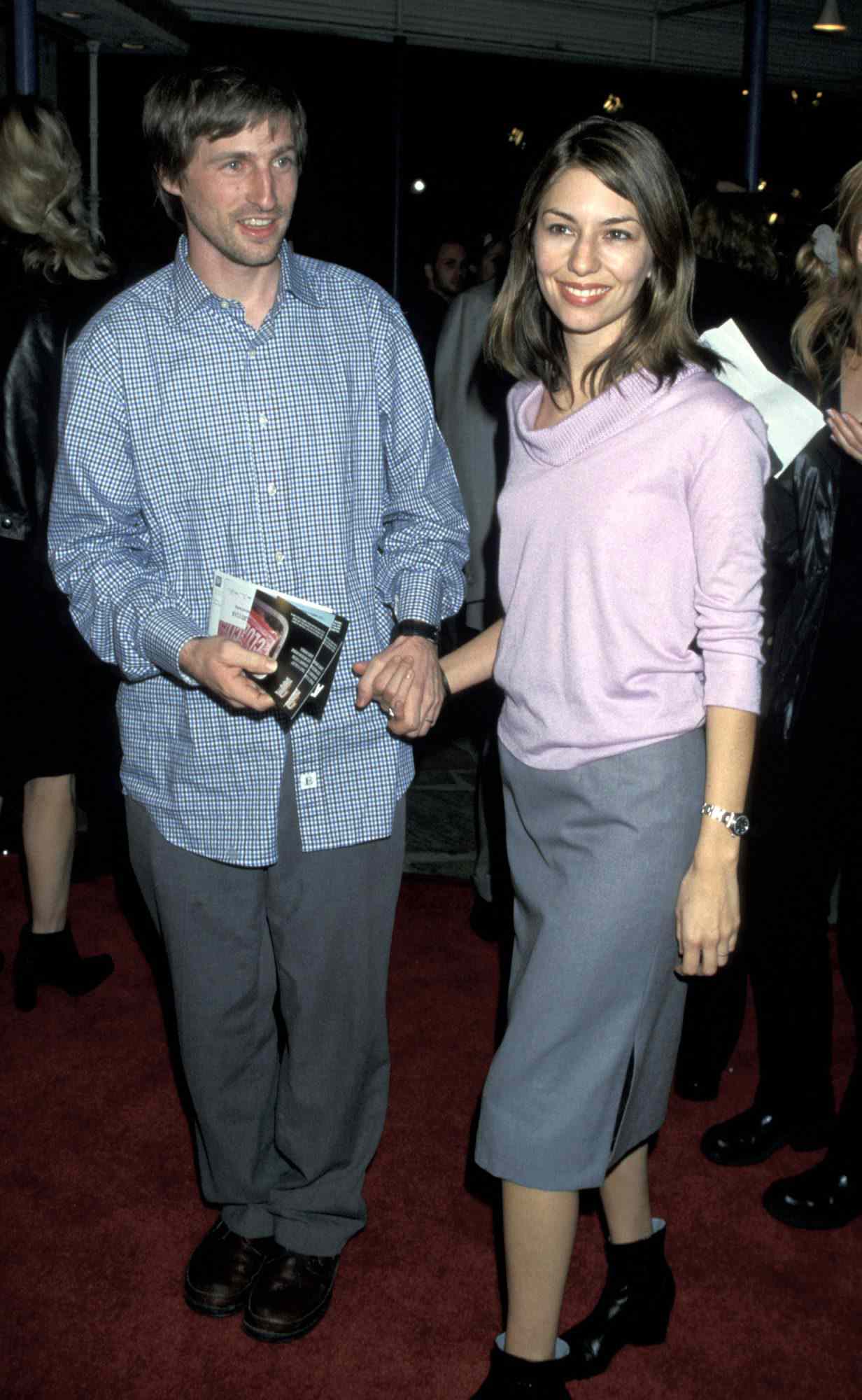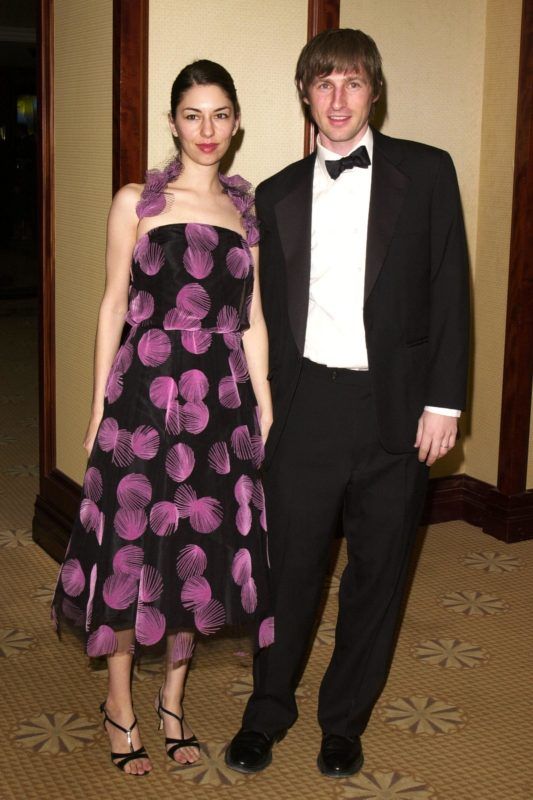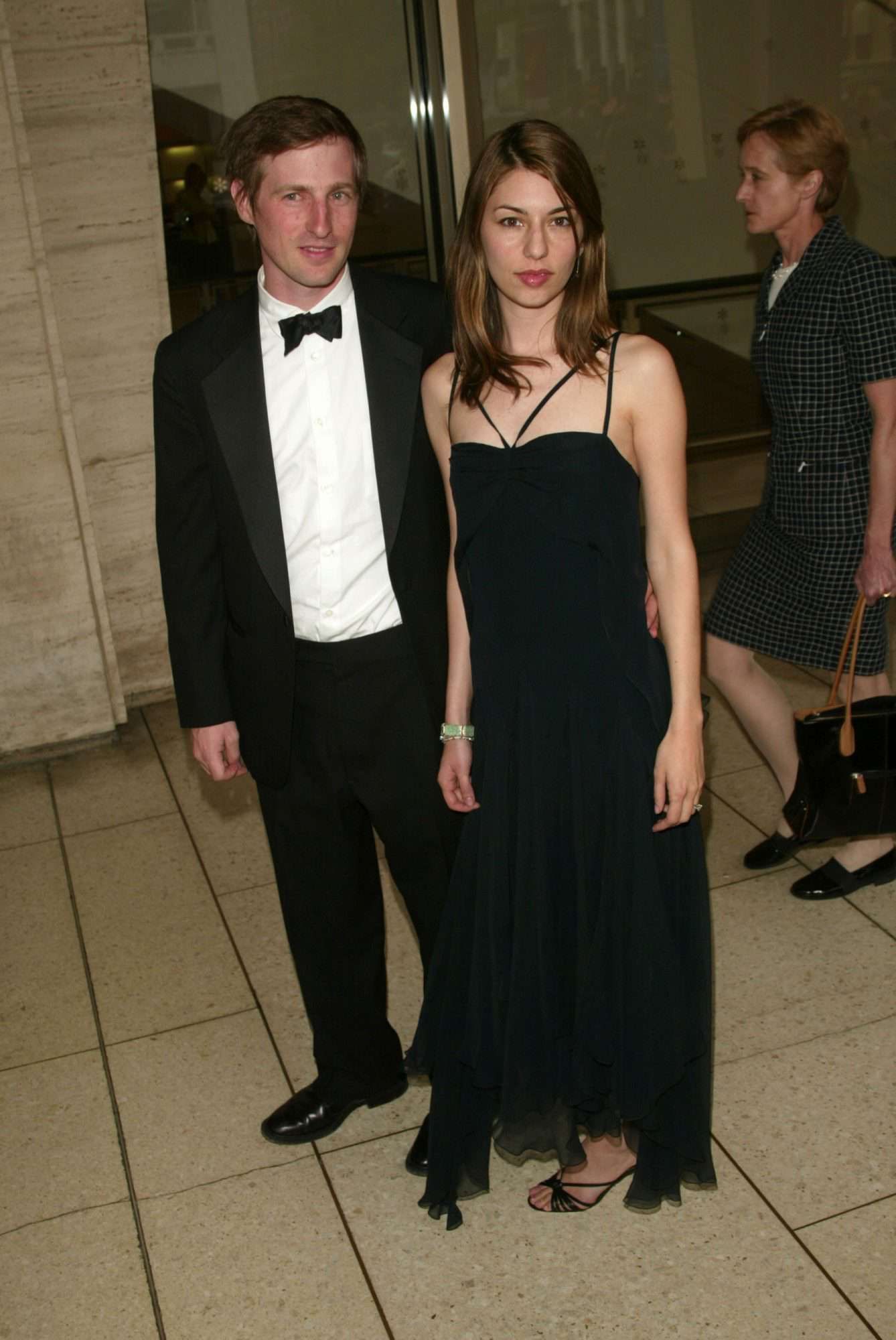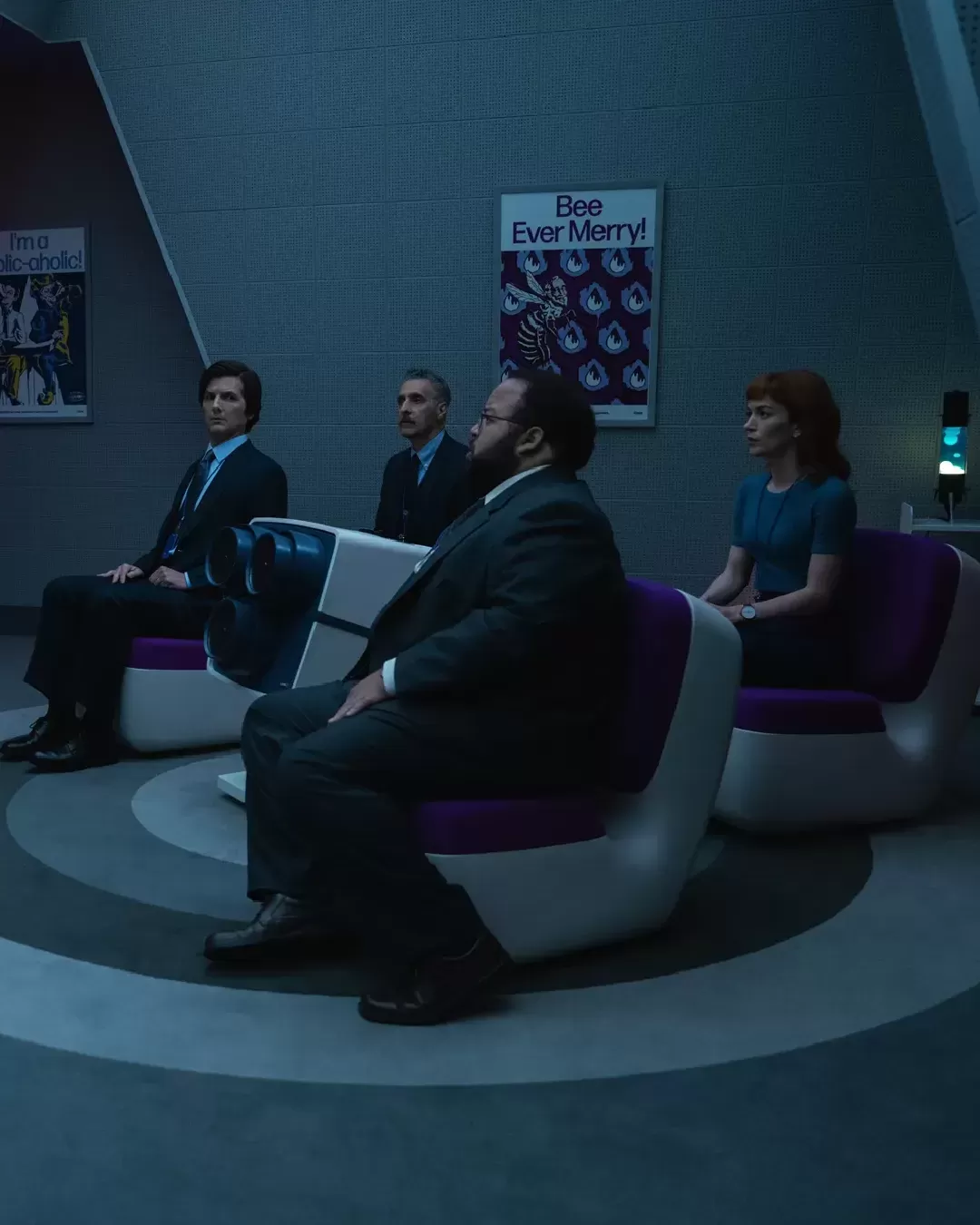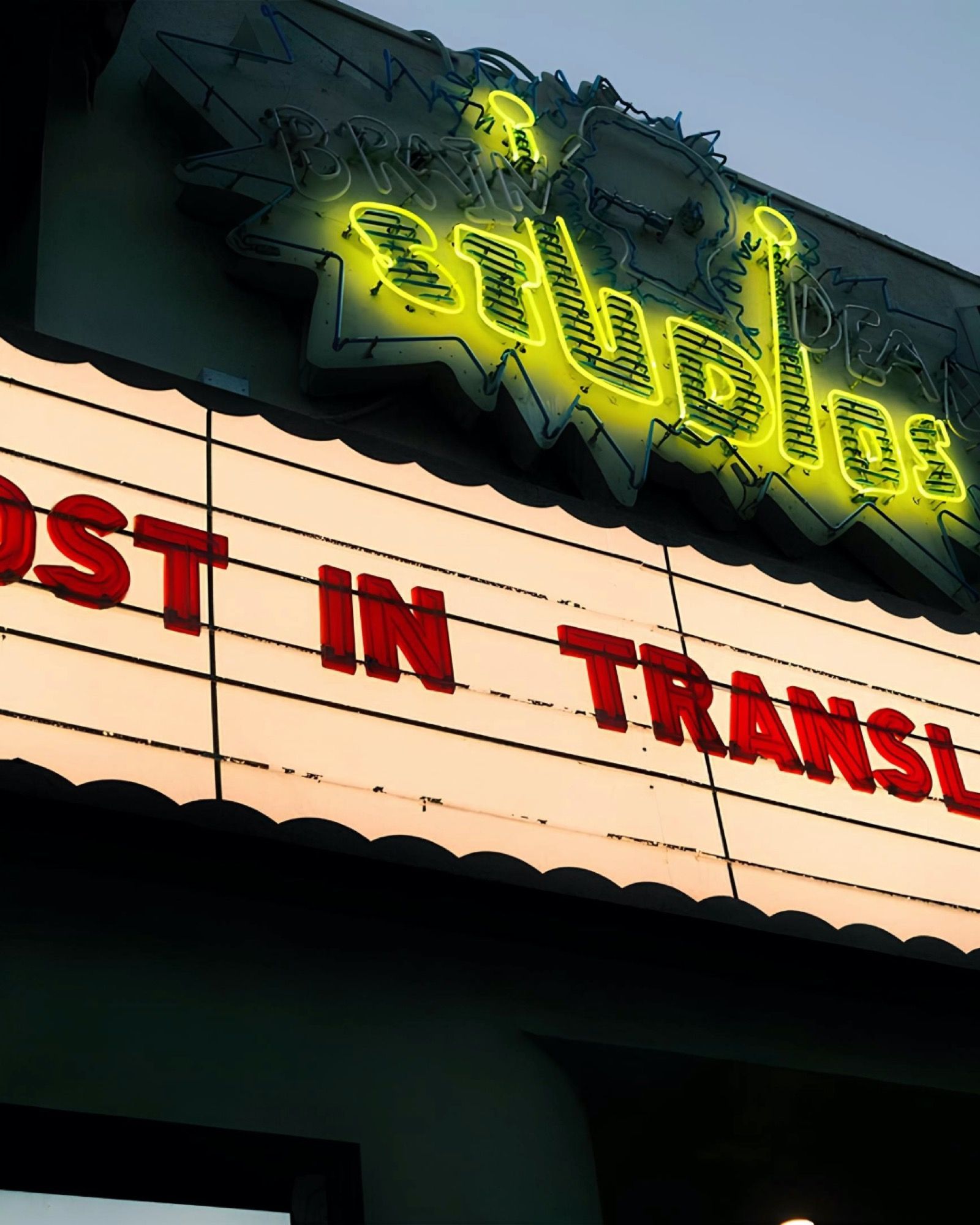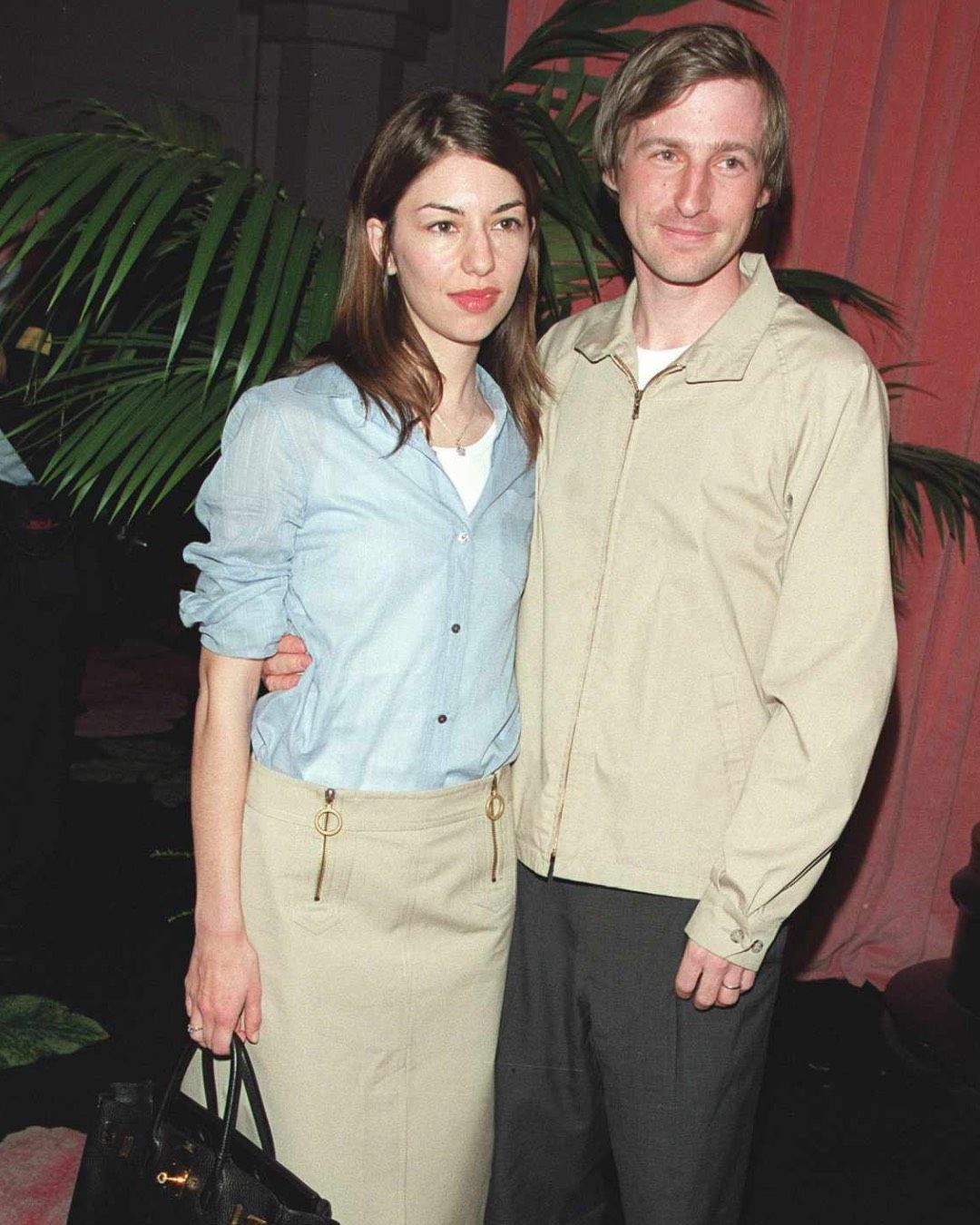
What if Lost in Translation and Her were the same film? Released a decade apart, they share many common elements
And what if Lost in Translation and Her were the same film? What if they were linked by an unbreakable sequence of events? Despite being released a decade apart, it's impossible not to dwell on the numerous common elements that make up the narrative and, above all, the emotional state of the protagonists they depict. Theodore (Joaquin Phoenix) as well as Charlotte (Scarlett Johansson) both appear suspended in an unlimited time where the voices of their respective partners seem to fade more and more, eventually disappearing forever, while remaining eternally imprinted in their minds. Certainly, one of the first connecting elements that stands out is how both films could be the explanation, the atonement, that led to the separation of the two directors who conceived their respective movies, Sofia Coppola and Spike Jonze, translated in the portrayal of what that period meant to them, years apart. Charlotte, Sofia Coppola's alter ego in Lost in Translation, finds herself thrust into a reality that doesn't belong to her, in a Tokyo where the neon lights determine the rhythm from day to night, and where hotel rooms become a representation of reality, all the while attempting to conceal the slow disintegration of a love worn out from being nurtured. Similarly, Theodore, a writer of love letters by profession, can't overcome the separation from his wife, inevitably wandering through a hi-tech Los Angeles where interpersonal relationships seem to be solely guided by machines.
Their shared condition of loneliness towards society, their longing for a life they can no longer pursue, leads them to seek refuge in the company of someone who can truly connect with them. While Charlotte directs her attention towards the only person who seems to understand her in a city foreign to her life until that moment, the former movie star Bob Harris (Bill Murray), a future vision of what her current partner John, who happens to be a successful music video director like Spike Jonze, could have been. Theodore, on the other hand, takes refuge in the voice of an artificial intelligence (Samantha) that seems to remind him of his wife. It's not coincidental that Jonze chose Scarlett Johansson to play Samantha, considering her role in Lost in Translation. By simultaneously associating some iconic shots from their respective films, we can see how their different visions are intricately detailed, yet both share a sense of slow discomfort, of being trapped in a bubble where space and time do not correspond to an objective reality. They are both stuck.
Charlotte might find a new path in her gradual acquaintance with Bob, while Theodore seems increasingly alien in his own city, seeking isolation as a means to settle accounts with his past. The flow that determines the narrative in their different analyses of their separations is further amplified by the sonic structure that the two directors adopt to portray their sensory memory of that particular moment. Sound patterns, such as the sound of footsteps or a person speaking, often provide valuable information for our sensory and emotional memory. To recognize these patterns, our memory must hold onto each part of the sound sequence long enough to perceive how they fit together. This ability is necessary in many situations, from distinguishing random noises in the woods to understanding language and appreciating music. The traces of memory left by each sound are crucial for discovering new patterns and recognizing patterns we have encountered before.
As analyzed on The Artifice, Lost in Translation continually plays with the vast silences of a bustling city, serving as a metaphor for the lack of understanding between Charlotte and her husband. These silences transform into new sensory memories when a new figure to get to know, someone who could represent a new life for the protagonist herself, appears. The linguistic barrier that seems to be solely tied to a foreign city becomes, for Sofia Coppola, the world to non-verbally narrate the discomfort of feeling lost, the silence of absence. "The connection between Charlotte and Bob exists in the fragile pauses of silence. They meet in this small pocket of unproductive time where they feel lost in their personal lives. Perhaps they wouldn't have found each other or even noticed each other if this gap of space and time didn't exist. Fireworks and the bright moment of 'love at first sight' belong to Hollywood fiction. The bond between Bob and Charlotte is much subtler and subdued." In Her, on the other hand, the vehicle that allows us to connect with Samantha is solely represented by Theodore's earpiece. His auditory memory, the voice of a distant past, is not represented by a physical image but becomes the central focus of an urgent inner discomfort. The sonic architecture that Jonze constructs around him allows him to capture something significant about the character and anxieties of contemporary Los Angeles, increasingly similar to Sofia Coppola's Tokyo. Just like the city he inhabits, Theodore is trapped in a limbo between his private past that he doesn't want to let go of and an uncertain future that doesn't show great expectations. Auditory memory, as well as music, become a way for both protagonists to establish a vivid connection with the relationships they form at that moment: while Bob seems to dedicate Roxy Music's More Than This to Charlotte in a strobe-lit karaoke bar in Tokyo, hiding a meta-textual message about what their relationship seems to be, Samantha writes a composition for Theodore that can instantly capture, like a photograph, their two lives together.
The auditory process that Theodore goes through with Samantha leads him to atone for his own sins, to truly understand what led to the end of his marriage, and it's at that moment that the two films seem to have a perfect conjunction between images and words. As Ken Guidry explains on WhatCulture, Theodore finally comprehends all of this at the end of his psychological journey with Samantha. When he delivers his farewell letter to Catherine, his ex-wife, through voice-over, it's as if he's trying to reach the young woman looking out of the window in his hotel room in Tokyo. When Charlotte gazes out the window, she might be waiting for that message to travel through the airwaves and finally reach her, inextricably connecting two opposing expressions of a painful separation and the inevitability of relationships in modern life.










































